Hongjian
Posts: 834
Joined: 1/2/2015
Status: offline

|
There has been a huge update and an infodump on the wikipedia-page for the Type 346 or H/LJG-346 SAPAR, the 4-faced naval AESA that is equipped on the Type 052C and 052D Destroyers (And the Liaoning CV), sourced from a translated chinese article:
https://en.wikipedia.org/wiki/Type_346_Radar
It is very comprehensive and talks about the development history of the radar, about how the bid went, how it had to compete against a shorter ranged C-band competitor and how it was nearly killed due to intense political maneuverings between the two design institutes. All in all, a very deep look into how the "Star of the Sea" or "Dragon Eye" (in NATO code) came to be.
But most importantly out of all, it provides for the first time semi-official specs on the performance:
quote:
For Type 346:[4][5][14]
Total number of faces: 4
Bands: S and C
S-band array size & shape: octagon with 4 meter diameter
C-band array size & shape: ≈ 0.8 to 1 square meter rectangular ea.
Number of S-band arrays: 4 (1 per face)
Number of C-band arrays: 8 (2 per face)
Maximum search range (km): > 400
Weight (t): < 16 above deck
Scan: 120°
Elevation: 0° to 90°
Cooling: Air (Type 346), Liquid (Type 346A)
Also very interesting is the information that the Type 346/A is a S and C band dual band radar. The S-band array on the basic Type 346 has more than 5000 T/R modules, giving it more than 400km range and is used for air-search, while the two C-band arrays with an unknown count of T/R modules, which sandwitches the S-band main array, takes over the role of fire-control and guidance of all variants of the HHQ-9 missiles like the standard TVM, SARH and the ARH version. The early Type 346 radar (Type 115) was close to the AN/APQ-53 radar of MIM-104 Patriot, which also featured such a dual-band design, with a main array and another FCR array on the same radar.
The improved Type 346A on the Type 052D Destroyer has further increased T/R count and uses liquid cooling, possibly for its increased peak power of with 100KW, and possibly range increases.
Now, the early picture of the Type 346 SAPAR makes sense: One can see the main octagon and the two bars ontop and below it that sandwiches the main array.

And for comparisson, the AN/APQ-53 radar of MIM-104 Patriot, which uses a similiar dual-band concept:

Still, I would say that (NATO) C-band has insufficient resolution for true FCR-like 'painting of the target' to support TVM or SARH, so I would assume that the 'FCR-like capability' of the two C-band bars on each radar are used for mid-course guidance instead, while the HHQ-9 is still an Active Radar Homing missile like the FD-2000 export SAM, as compared to the TVM-guided land-based HQ-9, which is guided by the HT-233 (NATO) G-band radar.
< Message edited by Hongjian -- 8/4/2016 4:52:27 PM >
|
 Printable Version
Printable Version






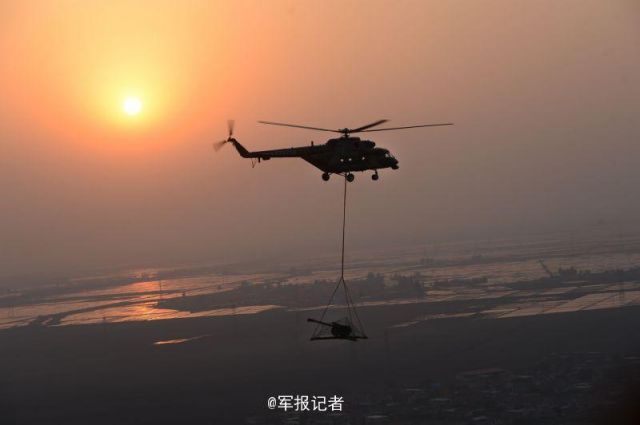

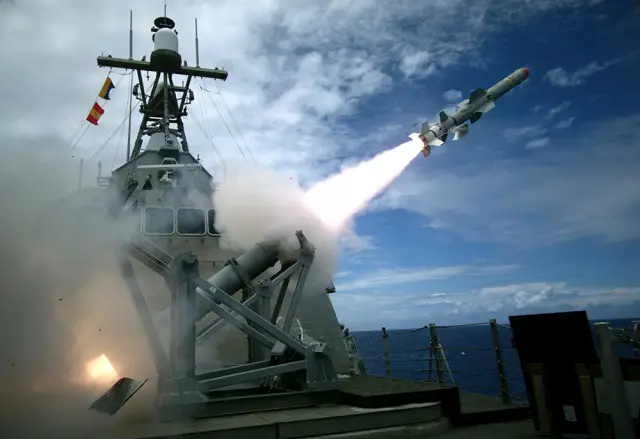





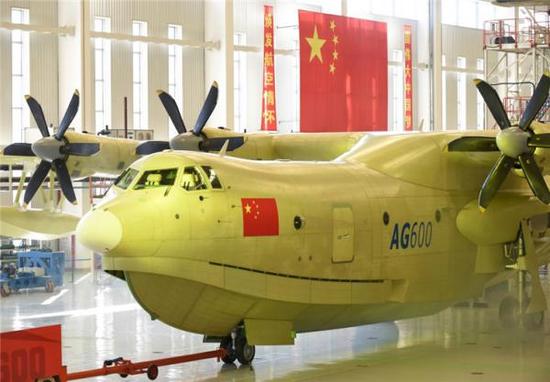





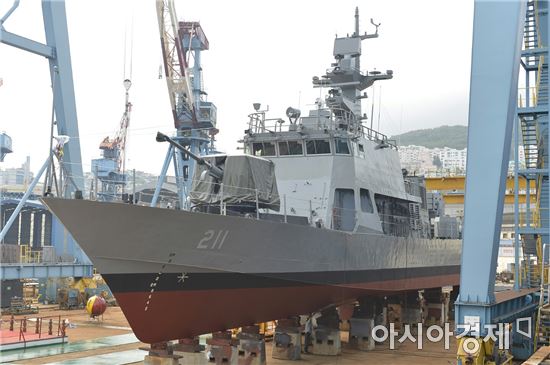












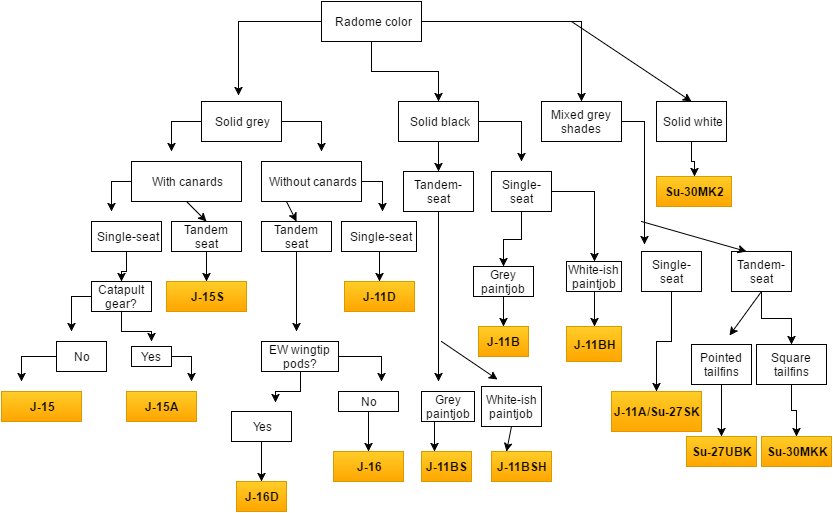

 New Messages
New Messages No New Messages
No New Messages Hot Topic w/ New Messages
Hot Topic w/ New Messages Hot Topic w/o New Messages
Hot Topic w/o New Messages Locked w/ New Messages
Locked w/ New Messages Locked w/o New Messages
Locked w/o New Messages Post New Thread
Post New Thread